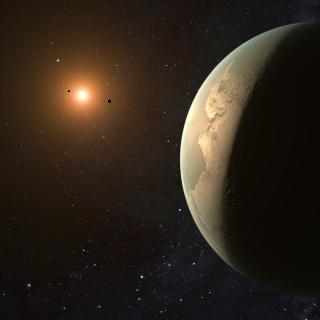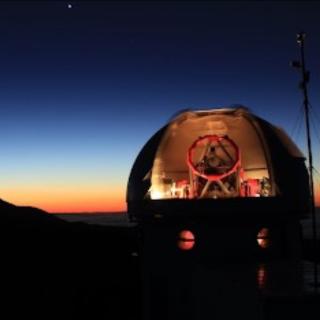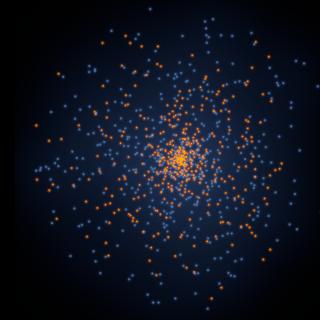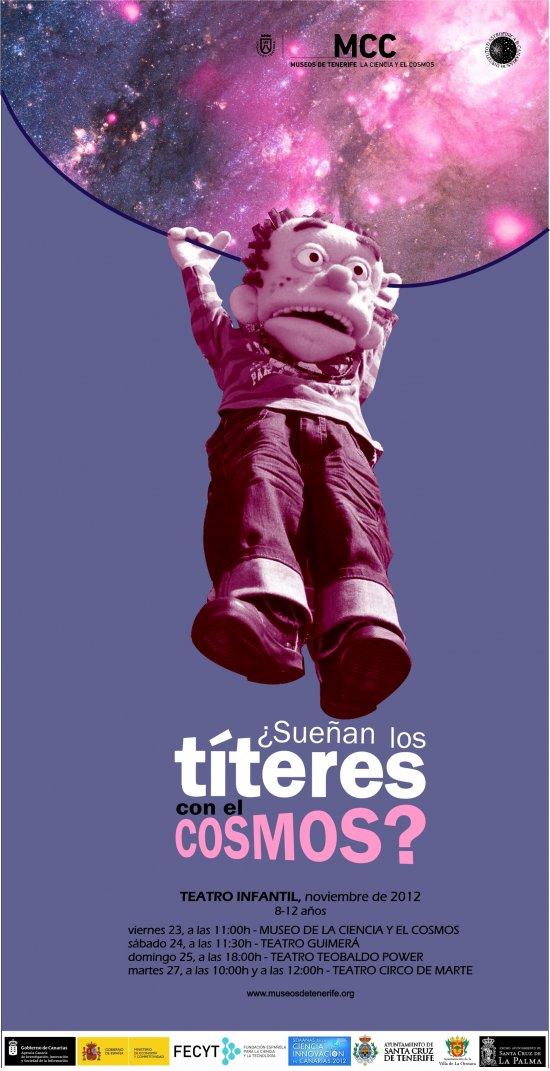It may interest you
-
 An international team, led by a student from Instituto de Astrofísica de Canarias (IAC), has detected a super-Earth orbiting in the habitable zone of GJ 3998, a nearby red dwarf located 59 ly away. The new planet, named GJ 3998 d, is the third planet found in the system. ‘GJ 3998 d is a welcome addition to the planetary census of our cosmic neighbourhood’, states Atanas Stefanov, a "La Caixa" funded PhD student at the IAC and the University of La Laguna (ULL) and the study’s lead author, published in Astronomy & Astrophysics . 'This super-Earth appears to be in the habitable zone of one ofAdvertised on
An international team, led by a student from Instituto de Astrofísica de Canarias (IAC), has detected a super-Earth orbiting in the habitable zone of GJ 3998, a nearby red dwarf located 59 ly away. The new planet, named GJ 3998 d, is the third planet found in the system. ‘GJ 3998 d is a welcome addition to the planetary census of our cosmic neighbourhood’, states Atanas Stefanov, a "La Caixa" funded PhD student at the IAC and the University of La Laguna (ULL) and the study’s lead author, published in Astronomy & Astrophysics . 'This super-Earth appears to be in the habitable zone of one ofAdvertised on -
 This week, the Instituto de Astrofísica de Canarias is hosting the Second SONG Scientific Congress to conclude the first decade of high-level work of this international network devoted to the study of the interior of stars and the planetary systems that surround them. The meeting, which is taking place at the headquarters of IACTEC in La Laguna from 18 to 20 September, brings together more than 50 scientists from Europe, the United States, Australia and China to discuss the latest state-of-the-art techniques in time-resolved spectroscopy and stellar astrophysics. The Stellar ObservationsAdvertised on
This week, the Instituto de Astrofísica de Canarias is hosting the Second SONG Scientific Congress to conclude the first decade of high-level work of this international network devoted to the study of the interior of stars and the planetary systems that surround them. The meeting, which is taking place at the headquarters of IACTEC in La Laguna from 18 to 20 September, brings together more than 50 scientists from Europe, the United States, Australia and China to discuss the latest state-of-the-art techniques in time-resolved spectroscopy and stellar astrophysics. The Stellar ObservationsAdvertised on -
 The existence of dark matter is likely one of the most perplexing problems facing the scientific community, and unraveling its nature has become one of the primary goals of modern physics. In simple terms, we do not know what dark matter is made of, despite accounting for 85% of all the matter in the Universe. A study led by the Instituto de Astrofísica de Canarias concludes that dark matter does not behave as described by the dominant paradigm, which states that dark matter particles only interact with each other and with ordinary matter through gravity. The IAC study reveals that darkAdvertised on
The existence of dark matter is likely one of the most perplexing problems facing the scientific community, and unraveling its nature has become one of the primary goals of modern physics. In simple terms, we do not know what dark matter is made of, despite accounting for 85% of all the matter in the Universe. A study led by the Instituto de Astrofísica de Canarias concludes that dark matter does not behave as described by the dominant paradigm, which states that dark matter particles only interact with each other and with ordinary matter through gravity. The IAC study reveals that darkAdvertised on
